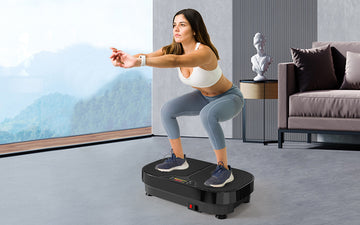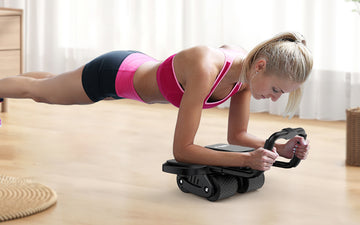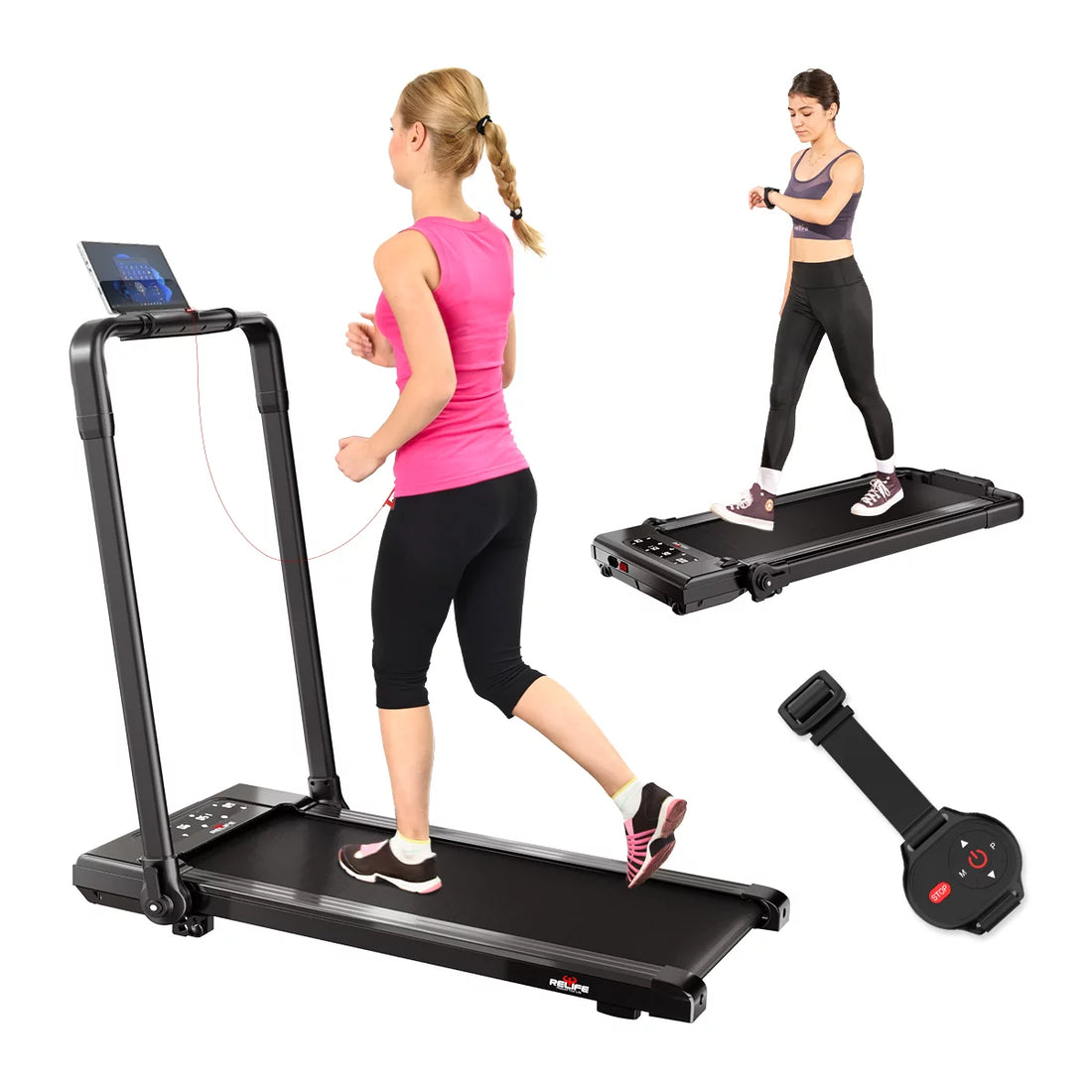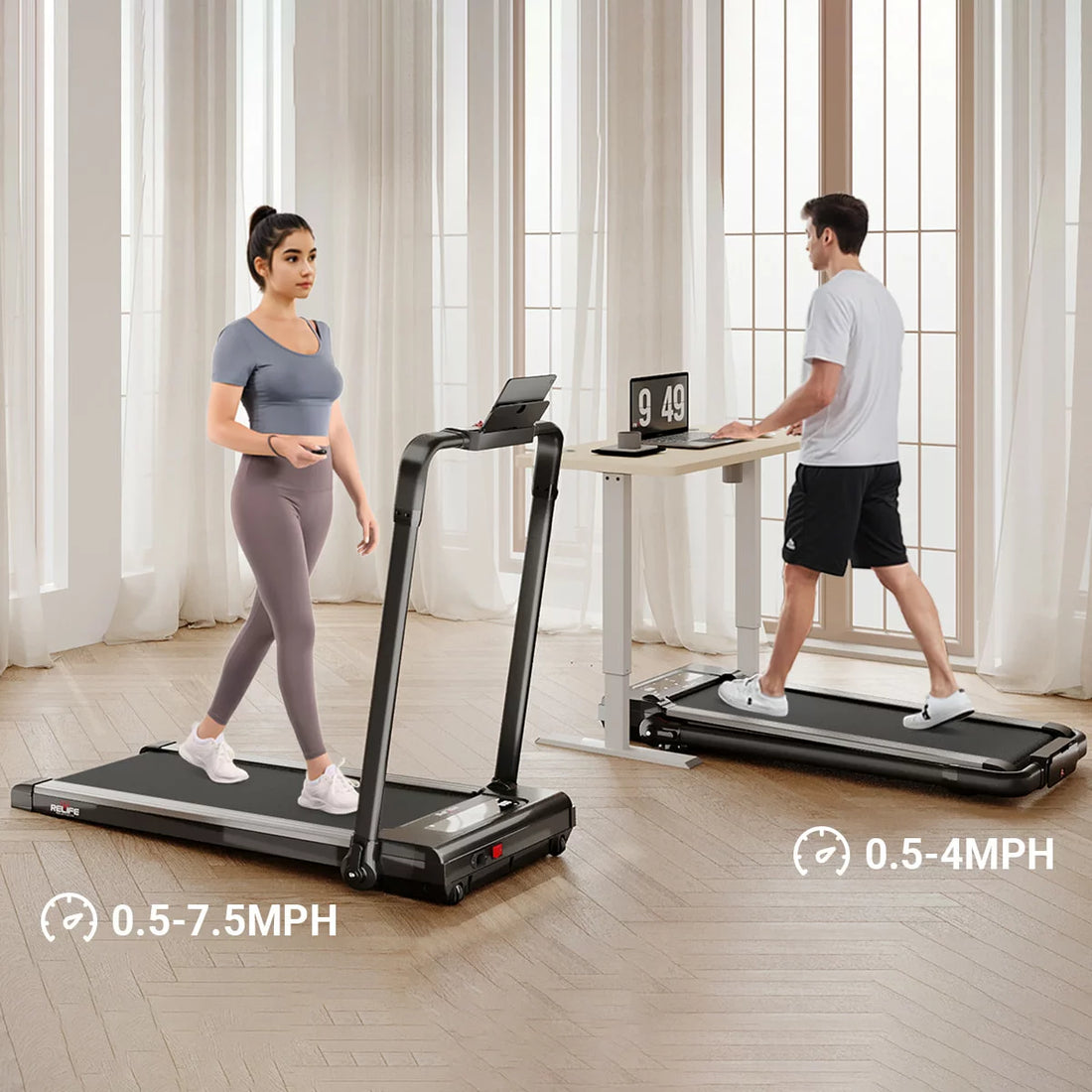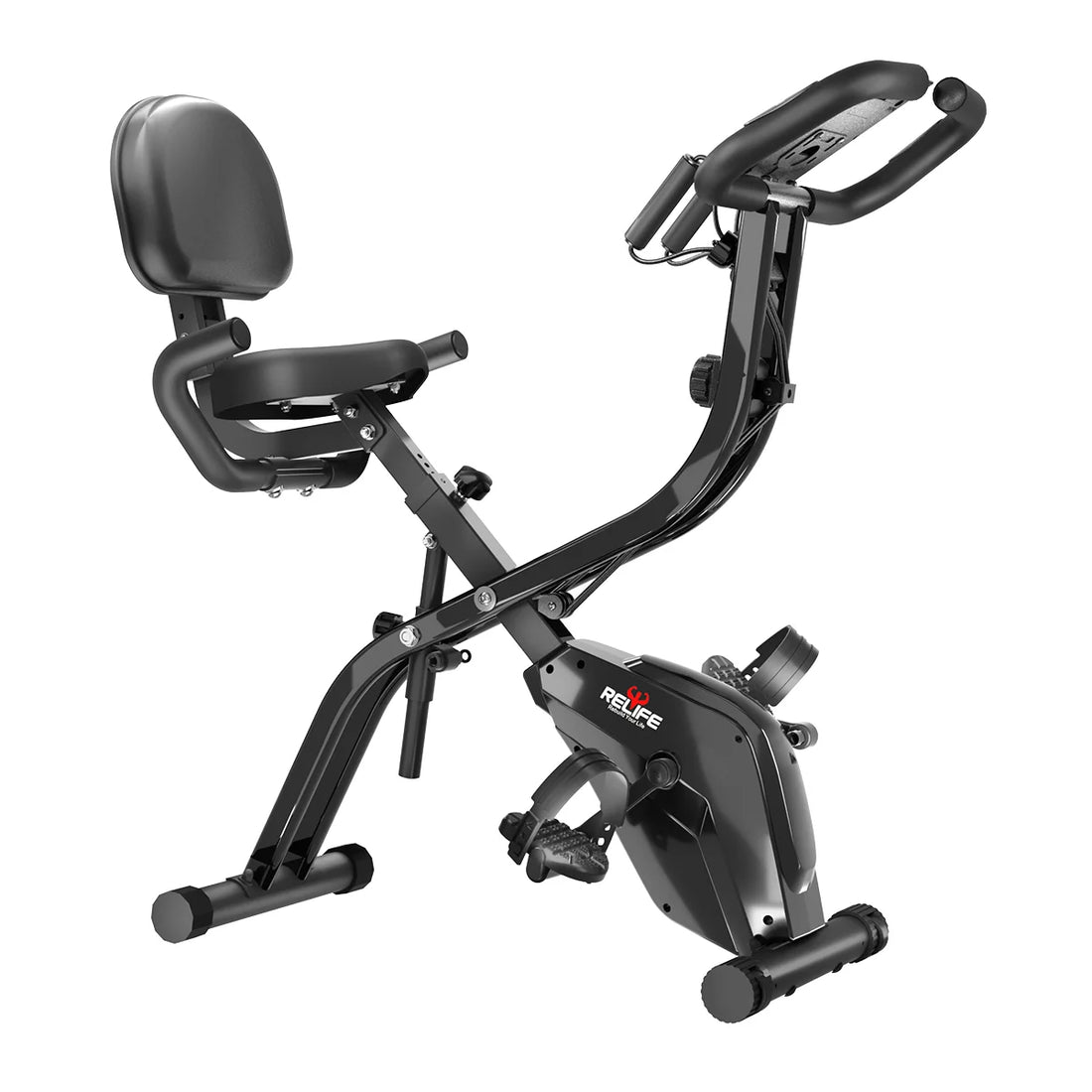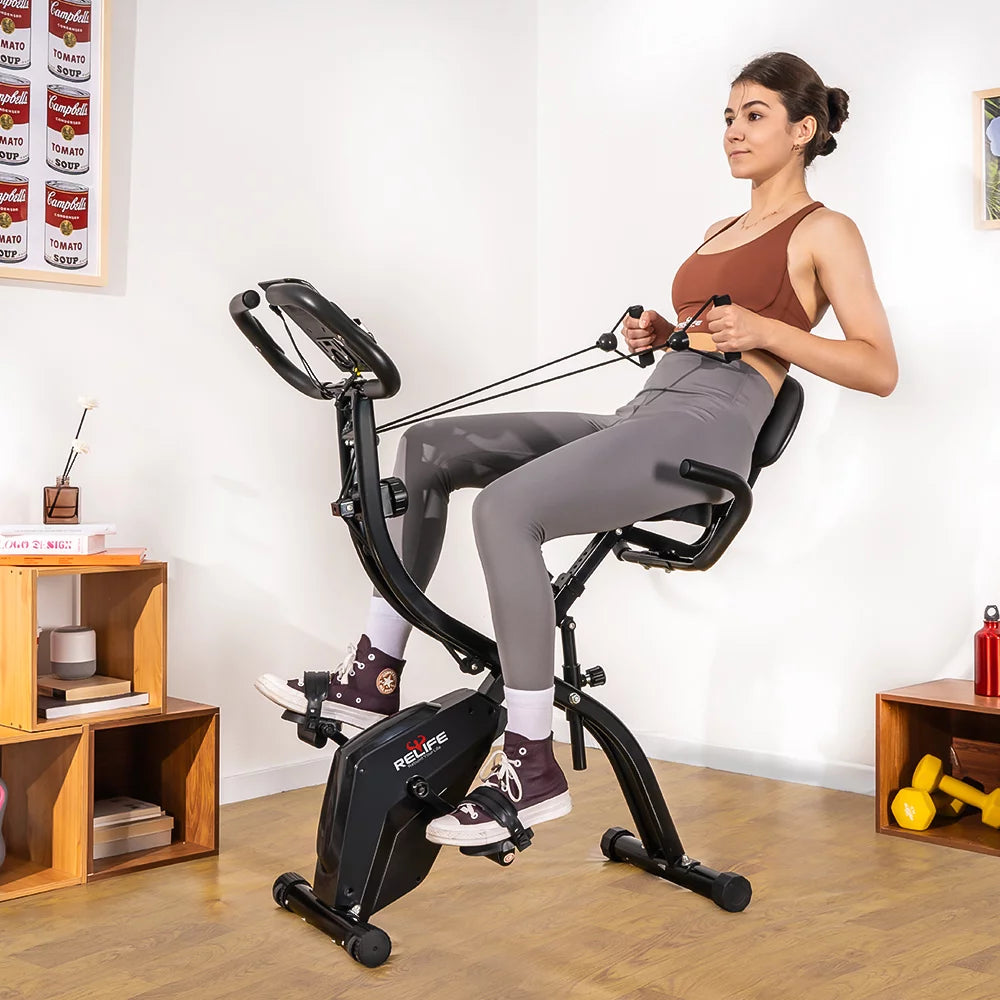There are tons of different ways to get a great cardiovascular workout. In fact, many forms of cardio will work a plethora of muscles within a single workout. For instance, something as simple as walking or jogging will emphasize muscles in the lower body, abdominal region, and even somewhat in the upper body.
However, in terms of “bang for your buck” (or the number of muscles worked with a single cardio machine), the vertical climber is unmatched. A vertical climber workout gets your heart pounding and exhausts muscles throughout your entire body.
In this article, we will outline the many benefits of exercising on a vertical climber so that you can make an informed decision about whether or not this fabulous piece of exercise equipment should be added to your collection.
Muscles Worked with a Vertical Climber
To start, let’s look at all of the different muscles and body areas that benefit from a vertical climber workout.
1.Lower Body Muscles.
As is the case with most cardiovascular pursuits, the legs receive a huge workout on the vertical climber. Specifically, the triple extensor muscle group, made up of the glutes, quads, and calves, get a serious workout. With regular vertical climber exercise, you can develop the strong, toned lower body muscles you’ve always dreamed of.

2.Upper Body Muscles.
Depending on how you hold the handles of the vertical climber, you can emphasize a variety of different muscles. For example, if you use a pronated grip (palms facing away from you), you’ll put more stress through your triceps. On the other hand, if you use a supinated grip (palms facing toward you), you’ll place greater emphasis on your biceps and elbow flexors. But beyond just the biceps and triceps, you’ll also get a huge pump in your lats, pecs, many different shoulder muscles, and your forearms, regardless of how you position your hands.
3.Abdominals and Core Muscles.
One of the ways in which the vertical climber can be differentiated from other, similar cardiovascular machines (such as a rower) is the asymmetrical nature of the movement. As your right hand goes up, your left foot goes down, and vice versa. With asymmetrical movements, we tend to see higher abdominal muscle activation, especially in the rectus abdominis (6 pack muscles) and the obliques. Furthermore, other, crucial muscles that make up “the core” such as the multifidi, can get a great workout on the vertical climber as well.
Besides just working a ton of different muscles throughout the body, vertical climbers also offer exercisers a whole host of other benefits.
Benefits of Using Vertical Climber
A vertical climber can be thought of as a more cardiovascular-focused version of rock climbing. While rock climbing outdoors, or at a rock wall, allows for incredible benefits in strength, muscle endurance, and even problem solving, it can sometimes be difficult or even impossible to find a time and place in which to climb.
By using a vertical climber, you tap into all of the amazing benefits of rock climbing, with the addition of increasing your cardiovascular endurance, all within your own home. Further, you’ll also reap all of the following benefits with the procurement of a vertical climber:

1.It’s Low Impact.
Truth be told, you may even go as far as to say the vertical climber offers ZERO impact. The smooth, gentle gliding motion inherent in the machine is easy for anyone to use, regardless of any joint issues or pain that they may have. This is especially true for people who suffer from osteoarthritis. It can be tricky to find exercises that don’t cause joint pain for those who have to deal with this debilitating condition on a daily basis.
2.It Takes Up Very Little Space.
When compared to a treadmill, rower, and other pieces of cardio equipment, vertical climbers don’t require much room. This is due to the fact that the workout is based on a vertical climbing motion, not on a horizontal motion. For this reason, even those living in small apartments can easily find a place to put their new vertical climber.
3.It’s Quiet.
Unlike a treadmill, and some other types of equipment, the vertical climber is whisper quiet when in use. The smooth mechanisms in the machine easily glide past each other while providing a total body workout. This makes it easy to watch TV, listen to music, or even be on a conference call for work (hopefully one where you don’t have to do much talking). Additionally, you won’t disturb your neighbors during your workouts, no matter how hard you push yourself.

4.It’s Great for Weight Loss.
When it comes to weight loss, the best available scientific evidence tells us that when someone takes in fewer calories than are necessary to maintain their daily functions and power their workouts, they will lose weight. The opposite is also true: if a person eats more calories than they expend through their daily activities and exercise, they will gain weight. There are two basic sides to this weight loss coin: diet and exercise. If you’re goal is to lose weight, you should certainly be optimizing your diet and taking in fewer calories. However, you can also help yourself along the way by performing regular, high-intensity, total body exercise. The vertical climber is the perfect way to address the exercise portion of your weight loss goals.
Conclusion
Whether you currently exercise, formerly exercised, or have never exercised, it’s never too late to start. Vertical climbing is an effective, easy way to achieve tremendous health benefits such as improved cardiovascular endurance, total body muscle work, and many other perks, all in the comfort of your own home.
The Relife vertical climber is one of the best options on the market for its competitive pricing, sturdy design, and ease of installation and storage, to highlight just a few perks. If you’re ready to start climbing toward your health and fitness goals, check out the Relife vertical climber today!


